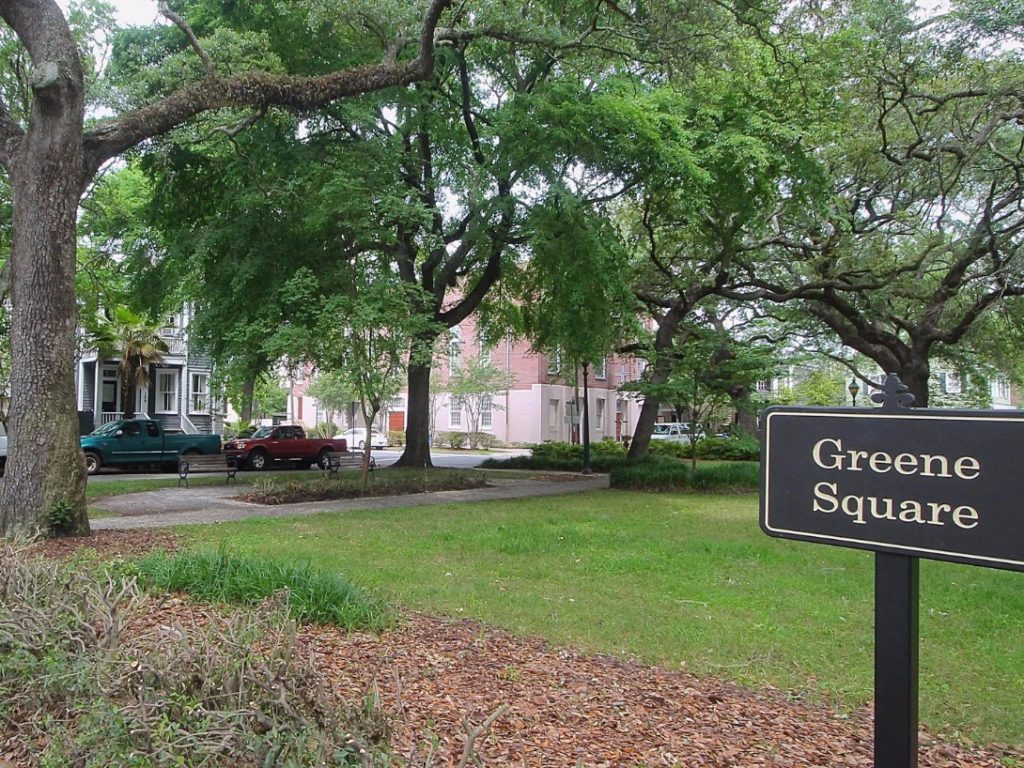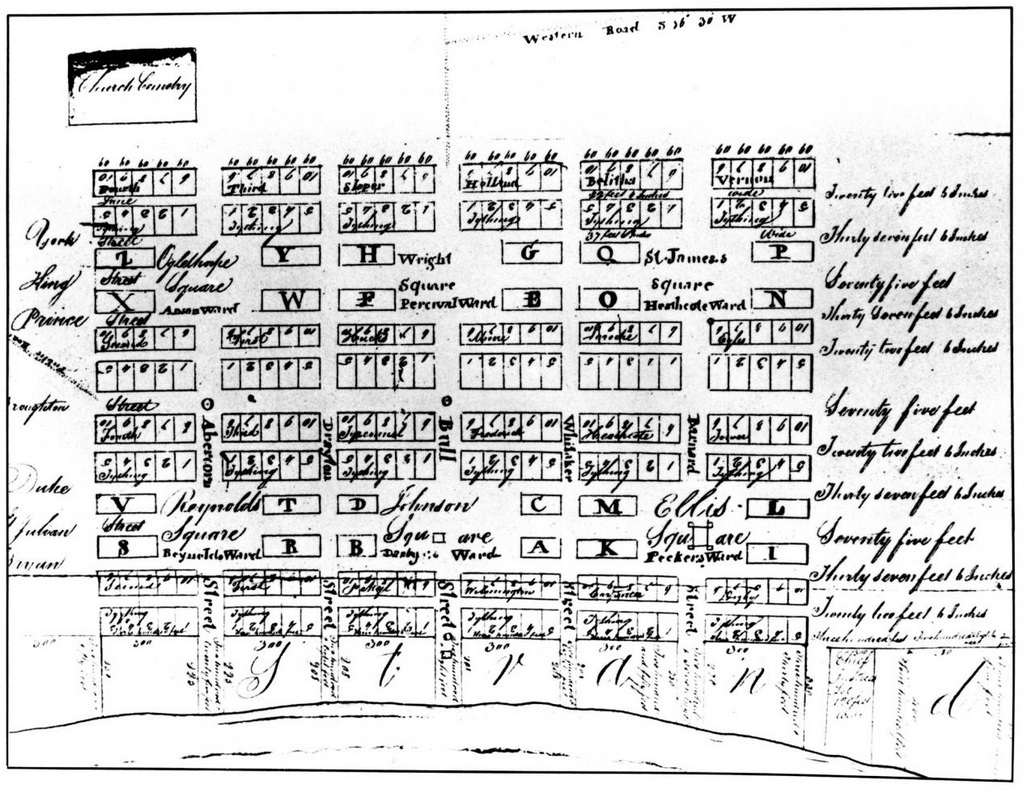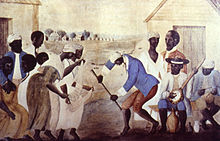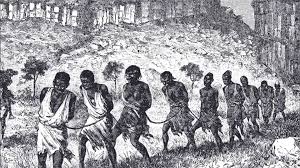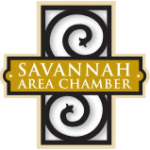The Other History of Savannah
The history of Savannah is somewhat complicated.
Although, there is one version we hear most often.
General James Oglethorpe is credited with establishing Savannah in 1733 on the Savannah River,
where he supposedly laid out the city in squares.
King George II of England is said to have inspired the name Georgia for the final American colony.
Savannah, in the antebellum period, became one of the wealthiest and most prominent cities.
Across all these perfect squares were gorgeous mansions built under massive oaks with hanging Spanish moss
as well as an upper-class society that flourished before General William T. Sherman presented it to
Abraham Lincoln as a Christmas present during the Civil War.
Since 1966, Savannah is a designated historic landmark.
The Historic Savannah Foundation set out to preserve the buildings and their inhabitants.
But another history is not as well-known to Savannah,
which deserves more attention. As it is also part of Savannah’s history.
The history of the Gullah Geechee people.
They were enslaved Africans brought from Sierra Leone to work the plantations.
By the middle of the 18th Century, Georgia and the Sea Islands
had hundreds of acres cultivated into African rice fields.
Theis Africans from the “Rice Coast” brought their cultivation and tidal irrigation skills
that made it one of early America’s most successful industries.
That made up this city’s wealth during the antebellum period.
The Gullah Geechee people wrote much of its early history with their blood and sweat.
Now experts are beginning to unravel this part of the history.
The Gullah Geechee story begins in the 1700s with their slavery.
In the beginning, Georgia did not allow slavery.
And During America’s revolution, again, there was a break in this practice-
but after that, it became commonplace.
By 1861 when the Civil War started.
Enslaved Africans were considered legal property—primarily used as collateral for business transactions.
Slavery was one of Savannah’s largest non-import businesses.
Many believed that the invention of the cotton gin would restrain such practice.
But it didn’t; more enslaved people were soon needed to produce enough cotton for the demand!
The slave state is not something to be celebrated but rather mourned. And sud not be forgotten.
To get a clearer picture of the Other history of Savannah,
you must also understand what slavery was and its impact on Gullah culture in the city.
More than twelve places can help you learn more about peculiar institutions and Gullah Geechee culture.
1. River Street
Many Africans were transported to the United States through Savannah’s port.
By standing on one of the bridges above River Street,
you can easily imagine what it must have been like for newly arrived Africans
packed into a wagon as onlookers looked at them from above like cargo.
You feel their ghosts along those streets
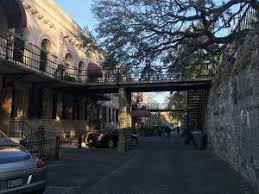
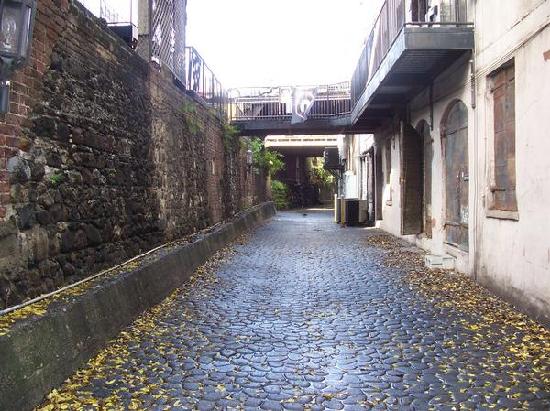
2. The Largest Slave Auction
In 1859, Four hundred thirty-six men, women, children, and infants were auctioned.
It was the largest slave sale in the nation and took place in Savannah on March 2-3.
Legends tell us that rain came on the two days of this event;
slaves said that they believed their heaven cried when
looking at what was happening to them, calling it
“the weeping time.”
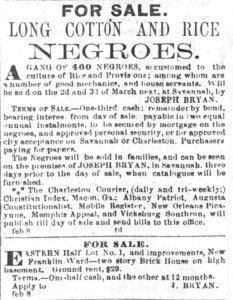
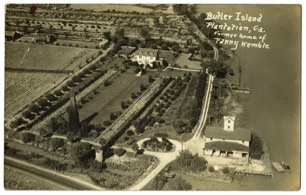
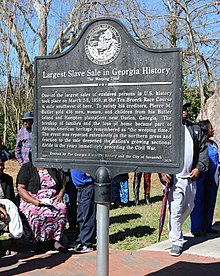
3. John Montmollin Building
The Montmollin Building is no stranger when it comes to the dark history (1855-1864)
Its use as a slave-market auction site has been devastating.
Nevertheless, there are records of its slave history.
But no memory of its time as a freed slave’s school after General Sherman’s”march to the sea.”
This building is heartbreaking even today, as its name was changed at one point.
Most likely to get us to forget John S. Montmollin and his partner Alexander Bryan’s legacy of being slave traders.
It isn’t uncommon in Savannah, where many historical buildings have gone unrecognized
for their significance in our country’s historical past.
Just as an example, the Gullah Geechee were forced to climb the stairs and sold here.
Today, it is a nice pet store in Savannah’s City Market.
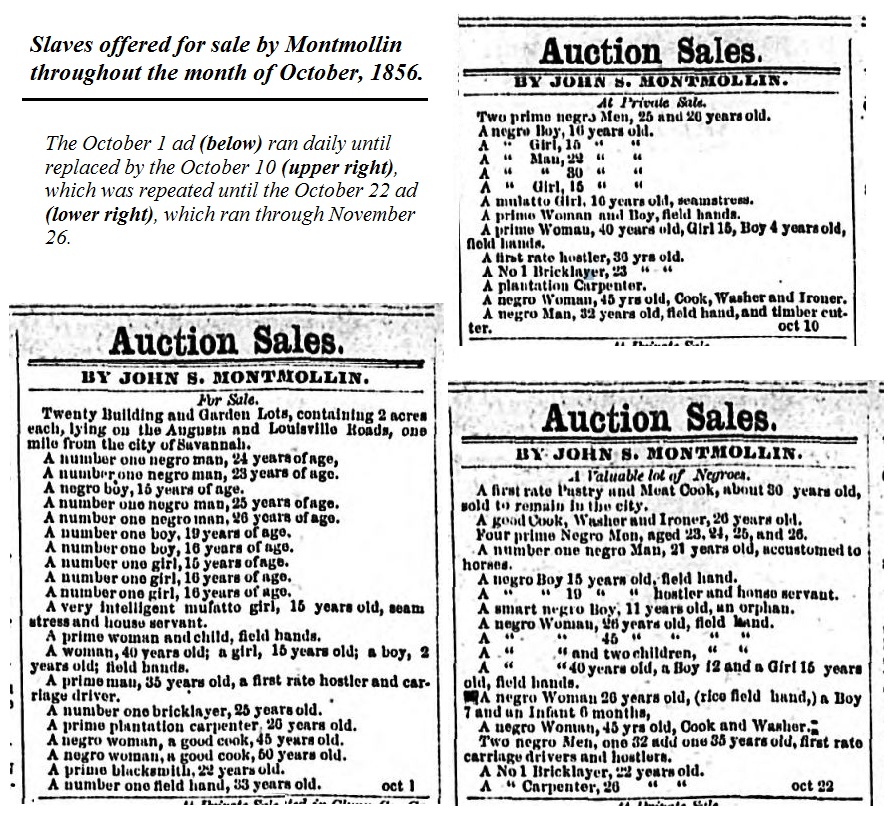
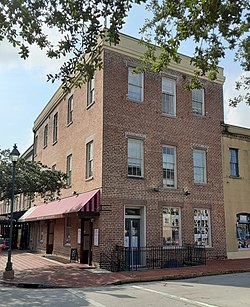
4. First African Baptist Church.
The church was built in the 1850s by free African Americans and some even still slaves. It is one of the first black churches in North America!
The people made the bricks and built the church after the slaves had worked in the fields. The church was the first building constructed of brick and owned by African Americans in Georgia (completed in 1859).
Its beauty lies inside; It has a range of original fixtures.
The baptismal pool and light fixtures are all original and were gas-powered but later converted to electrical.
The pews located on the balcony are original to the church. These pews were made by enslaved and are nailed to the floors. Some of the benches have languages on them from the 1800s which are no longer spoken or written.
The pipe organ, was donated in 1888 to the First African Baptist Church.
The holes in the floor are shaped like an African prayer symbol known to some as a BaKongo Cosmogram.
The holes are air holes for escaped slaves who would hide in the church, which served as a stop on the Underground Railroad. During the Civil War, the church housed runaway slaves in a 4-foot (1.2 m) space beneath the sanctuary floorboards.
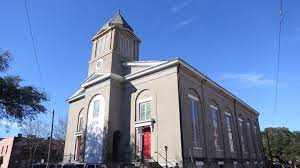
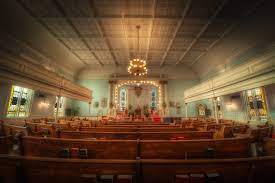
5. The Owens Thomas House
It is a beautiful Regency-style mansion from 1819; showcasing its gardens, carriage house, and slave quarters.
Here you can explore the complicated relationships between the
most and least influential people in Savannah in the early 19th century.
Parterre Garden
A lovely parterre-style garden lies between the main house and the carriage house.
Slave Quarters
Half of the north building contains the original slave quarters.
The two-story structure was arranged into three rooms on each level.
9 to 15 enslaved people (half of them were children) lived and worked on the site.
You can see a blue color on the ceilings that slaves used to protect themselves against evil spirits.
Main House
The Main House has two spaces, a Public and a Private.
Each had its purpose; One was to entertain the public’s high society or formal events.
The other was for private use, family, and close friends.
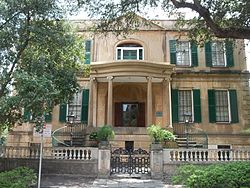
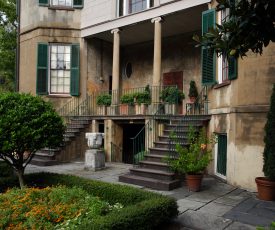
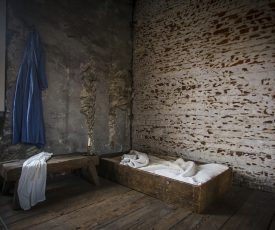
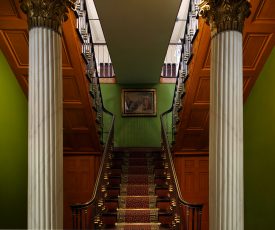
6. Laurel Grove Cemetery
There are many famous cemeteries in Savannah, but only a few were open to blacks during slavery.
The Cemetery includes the original Cemetery for whites (North Side)
and a companion burial ground (South Side) reserved for slaves and free people of color.
The Cemetery interred more free blacks during slavery times than any other cemetery in the Southeast.
It has lush plantings and beautifully carved stones.
Both sections of Laurel Grove Cemetery resemble more famous Victorian-era graveyards like the Green-Wood in New York City.

7. Ralph Mark Gilbert Civil Rights Museum
Savannah’s Civil Rights Movement was led by Ralph Gilbert,
who was a pastor of the First African Baptist Church.
The museum is over three floors, filled with photographic and interactive exhibits.
The interactive segregated lunch counter shows both Black and White points-of-views.
What is essential to know about this building’s history:
Is it once served as a bank for Blacks only. It was America’s largest bank for black people at that time.
8. King-Tisdell Cottage
Built 1896. The King-Tisdell Cottage was the home to Sara King and Robert Tisdell.
Members of Savannah’s vibrant African-American entrepreneurial class at the turn of the century.
Today it’s a museum honoring the contributions of African Americans to our nation’s history.
Including the role, African Americans played during the Civil War.
The architecture is significant for its intricately-designed gingerbread porch and dormers.
It was successfully restored to maintain historical accuracy.
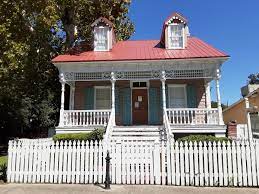
9. Beach Institute
The Beach Institute is part of the King-Tisdell Cottage Foundation, Inc., right next to it.
It was built by Free and formerly Enslaved.
And completed in 1867, with a generous contribution by philanthropist and inventor Alfred Ely Beach.
It became the first official school for African-Americans in Savannah, GA.
Today, the original historic building is home to the African-American
Cultural Center, The exhibits and programs change with time, so there is always something new to explore.
10. Black Heritage Tours.
The best method to gain an understanding of the Savannah African experience is to take a guided tour.
Begin your journey at King-Tisdell Cottage on the Negro Heritage Trail Tour.
You can book a tour with Footprints or Day Clean Journeys, Underground Tours of Savannah, or Freedom Trail Tours.
These tours dig into the lives of African Americans during slavery by visiting a number of historical sites,
including slave markets and railroad hideouts.
Day Clean Tours focuses on the Gullah Geechee way of life.
11. Wormsloe Historic Site
Is more than just a state historic site near Savannah (11 miles).
The site consists of 822 acres (3.33 km) protecting part of what was once the Wormsloe Plantation,
a large estate established by one of Georgia’s colonial founders, Noble Jones.
The site includes a picturesque 1.5 miles (2.4 km) oak avenue.
The ruins of Jones’ fortified house built of tabby.
Tabby is a type of concrete made by burning oyster shells to create lime,
then mixing it with water, sand, ash, and broken oyster shells.
A museum and a demonstration area interpreting the daily colonial life.
In 1736, Noble Jones was granted 500 acres (2.0 km) of land
on the Isle of Hope – a parcel that would form the core Wormsloe Plantation.
Jones subsequently developed Wormsloe into a small plantation.
His descendants built a large mansion at the site, which they used as a country residence.
In 1749, when the Trustees of Wormsloe Plantation revoked the ban on slavery,
Noble Jones welcomed slave labor to make it profitable.
He had been using indentured servant labor up until that point.
Wormsloe is the oldest property in Georgia to be held continuously by the same family.
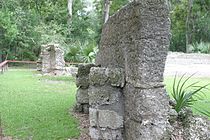
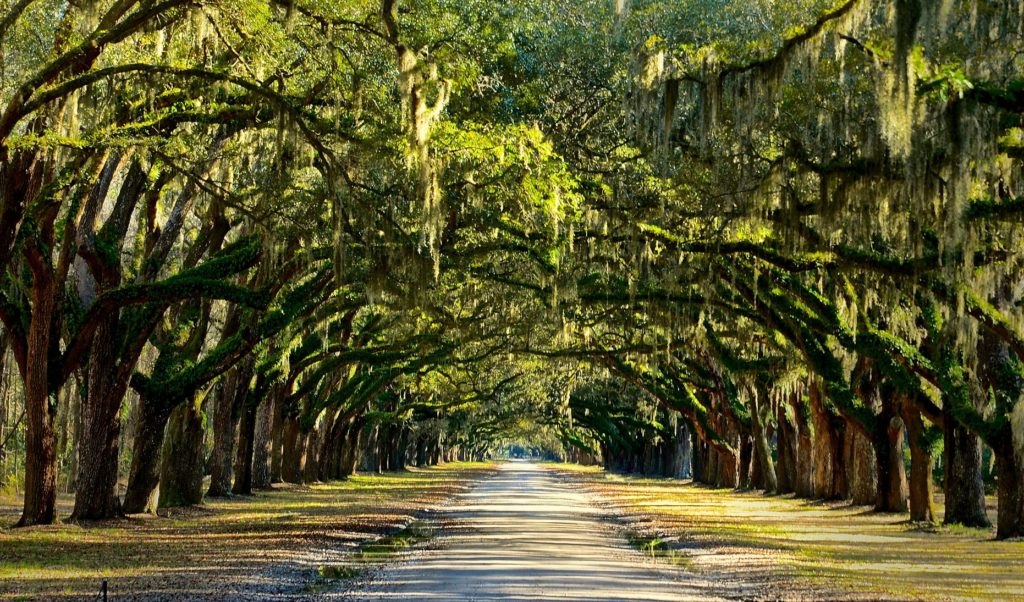
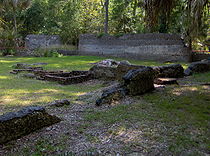
12. Lazaretto Tybee Island
Most people who visit Lazaretto Pier are coming for fishing or crabbing.
They don’t realize the pier has a historical significance and how it even got its name.
Voyages from Africa to Savannah lasted between 4 and 6 months, during which disease would not be uncommon.
Before entering Savannah port, slaves were quarantined at a lazaretto (Italian for pest house) on Tybee Island.
You can find a historic landmark plaque at the mouth of Lazaretto Creek that explains this story in greater detail.
13. Pin Point Heritage Museum
To get an accurate picture of Savannah’s history, you should visit the Pin Point Heritage Museum.
The museum is home to Gullah Geechee people from Savannah.
It gives visitors an insight into their culture and the rich local heritage.
It is located in the former A.S Varn & Sons Oyster Factory, where many employees worked until 1985,
when it closed down for good. Now they showcase their crafts like net making and share inspirational stories!
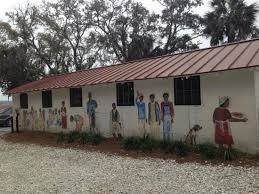
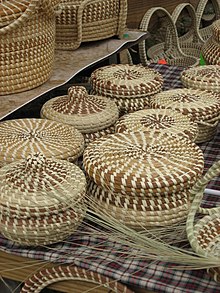
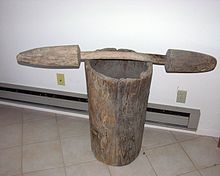
Visit us in Savannah and expense a part of America’s History.

